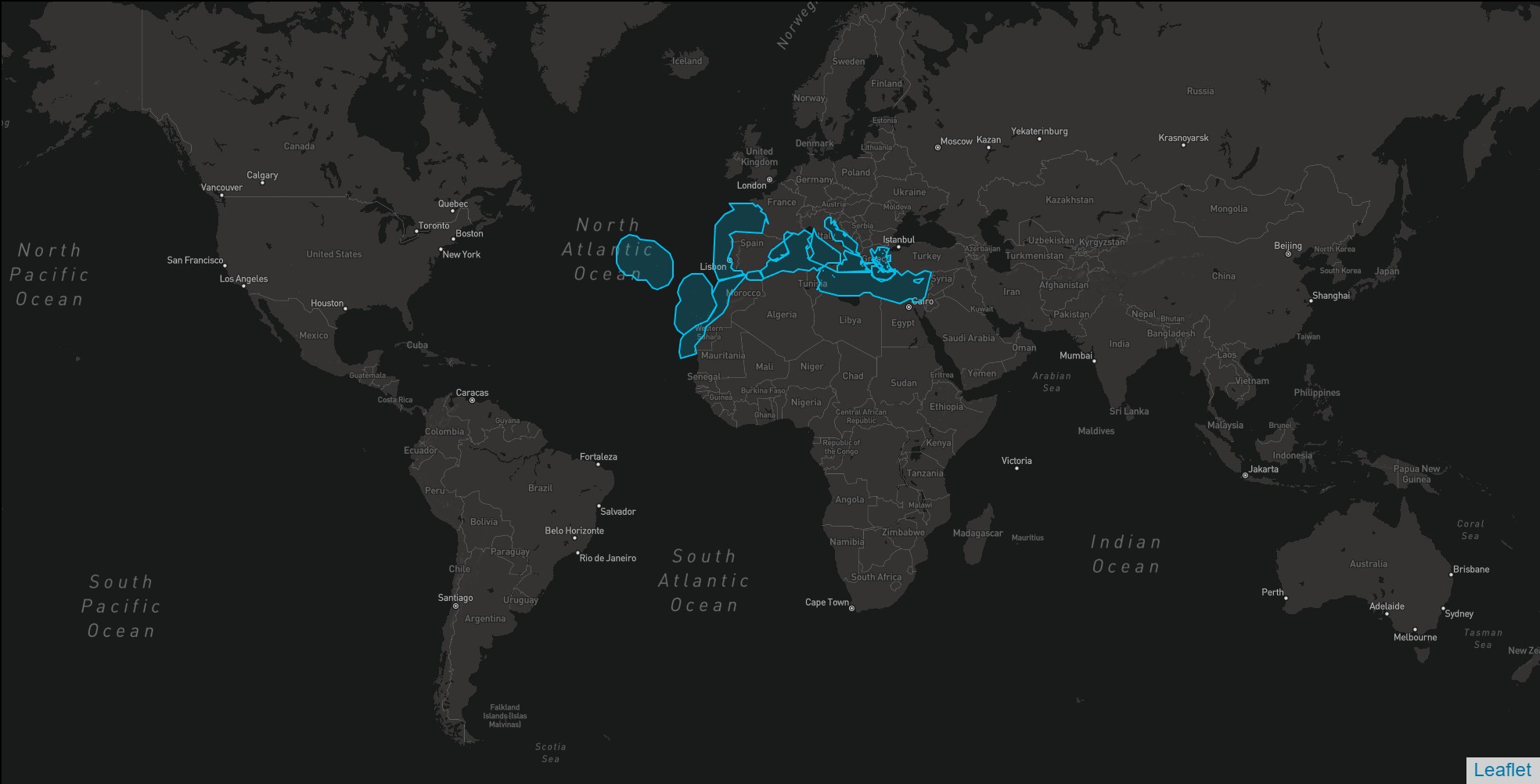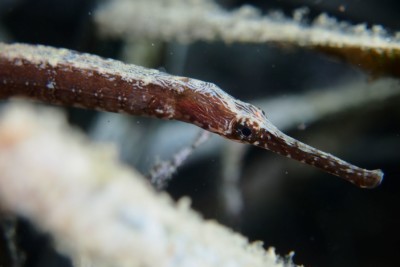Introduction
Once common throughout the European coastline, the angelshark is now one of the most endangered fish species on the planet.
This flat shark, which can reach up to 2.50 meters in length, was long considered a flagship species of the Mediterranean Sea, before gradually fading into collective oblivion. For example, it gave its name to the "Baie des Anges", a marine area that extends from Nice to Cap d'Antibes.
After a first population collapse in the late 1970s, it was listed as a protected species in 1979, during the Berne Convention. In 1995, its fishing became regulated in the Mediterranean Sea. The IUCN classified it in 2006 as critically endangered in the Mediterranean. Finally, in 2012, it was listed among the 100 most endangered species on the planet. It is considered extinct in the North Sea.
Today, a protection and conservation program is underway in the Canary Islands. It is prohibited to fish, keep on board, transship, or land this species in all waters of the European Community.
Despite ongoing efforts, the common angelshark could disappear due to accidental catches in trawls targeting flatfish in sandbanks. Studies have shown that since 1974, an average of 20 tons per year have been landed in French fisheries.
Who is it?
Morphology
-
Type
-
Average size150 cm
-
Maximum size245 cm
-
Mimicrysand
-
Patternponctuations
-
Type
-
Average size150 cm
-
Maximum size245 cm
-
Mimicrysand
-
Patternponctuations
How to recognize This fish ?
Like other angel sharks, this shark has a flat body with an oval head. The pectoral fins are broad and located very high on the trunk. The coloration varies from gray-yellow to brownish-green. The dorsal part is covered with dark spots and blotches, and sometimes small white spots. It does not have ocelli on the body.
It is one of the largest angel shark species, with a maximum size of nearly 2.50 meters.
It can be confused with two other critically endangered angel shark species: S. aculeata and S. oculata. It differs from the latter by the absence of spine denticles present on the midline. S. oculata also has large white patches on its back.
Sexual dimorphism
Females are larger than males.
Behaviour & Life cycle
-
dietcarnivorous
-
Sociabilitysolitary
-
territorialYes
-
Way of livingnocturnal
During the day, the angelshark camouflages on the seafloor, partially or completely buried in sand, mud, or occasionally seagrass beds. Sometimes only the eyes are visible. Discreet, it is capable of lightning acceleration to capture a nearby prey. When dusk falls, it goes hunting by swimming near the bottom.
Angelsharks feed primarily on flatfish and other benthic species, but they can also catch rays, crustaceans, and mollusks. A cormorant has been found in the stomach of a specimen. They live in deep waters in winter and approach coastlines in spring. These fish are able to detect slight electric fields to locate their prey.
In oceanic areas, angelsharks migrate from north to south. These fish can also enter estuaries, but this has become extremely rare today.
Reproduction
-
Reproductionovovivipare
The angelshark is an ovoviviparous fish. Each litter consists of between 7 and 25 young. The number of litters increases with the size of the females. Gestation lasts between 8 and 10 months in the Mediterranean Sea and in the northern Atlantic, around 6 months in the Canary Islands. The cycle is biannual throughout the distribution area, except in the Canary Islands where it appears to be triannual.
At birth, the young measure around 25 centimeters. The embryos feed solely on yolk.
Risks for humans
-
VenomousNo
-
BiteYes
Although accidents are very rare, this shark is equipped with significant dentition and can bite if it feels threatened. The sharp teeth can cause significant wounds, similar to moray eels.
Origin and distribution
Geographic distribution & Conservation
The species density is steadily decreasing throughout its range. Historically, it is present from the south of Norway to Morocco. It is found in the Mediterranean Sea, the Black Sea, and the Canary Islands.
Stock Status and Sustainable Fishing with Ethic Ocean
Knowledge about shark populations and their exploitation is imprecise. However, several indicators (reduced catches, lower yields) paint a fairly grim picture of the state of their stocks, even though situations vary from one species to another. The capture of angelsharks (Squatina squatina) was banned in 2009 for all European fleets, regardless of their fishing zone. Learn moreConservation status of populations (IUCN)
What is its habitat?
Natural environment characteristics
-
Temperature15 - 25 °C
-
Depth5 - 150 m
Biotope presentation
This species prefers sandy and muddy areas but can also be found in mixed zones including seagrass beds.
The angelshark is present on the coasts and along the continental shelf, from a few meters deep to over 150 meters. It lives deeper in winter.
Species of the same biotope
To go further
Sources & Contributions
Participation & Validation
The Fishipedia team and specialist contributors are committed to providing high-quality content. However, although the information comes from scientific sources or testimonials from specialists, the cards may contain inaccuracies.

Benoit Chartrer

Silvia Gomez

Julie Magnus
Translation
Translation done with the valuable contribution of our translators, who make this information available to a wider audience. We sincerely thank them for their commitment.
Scientific partners
Tags
Species of the same biotope
























